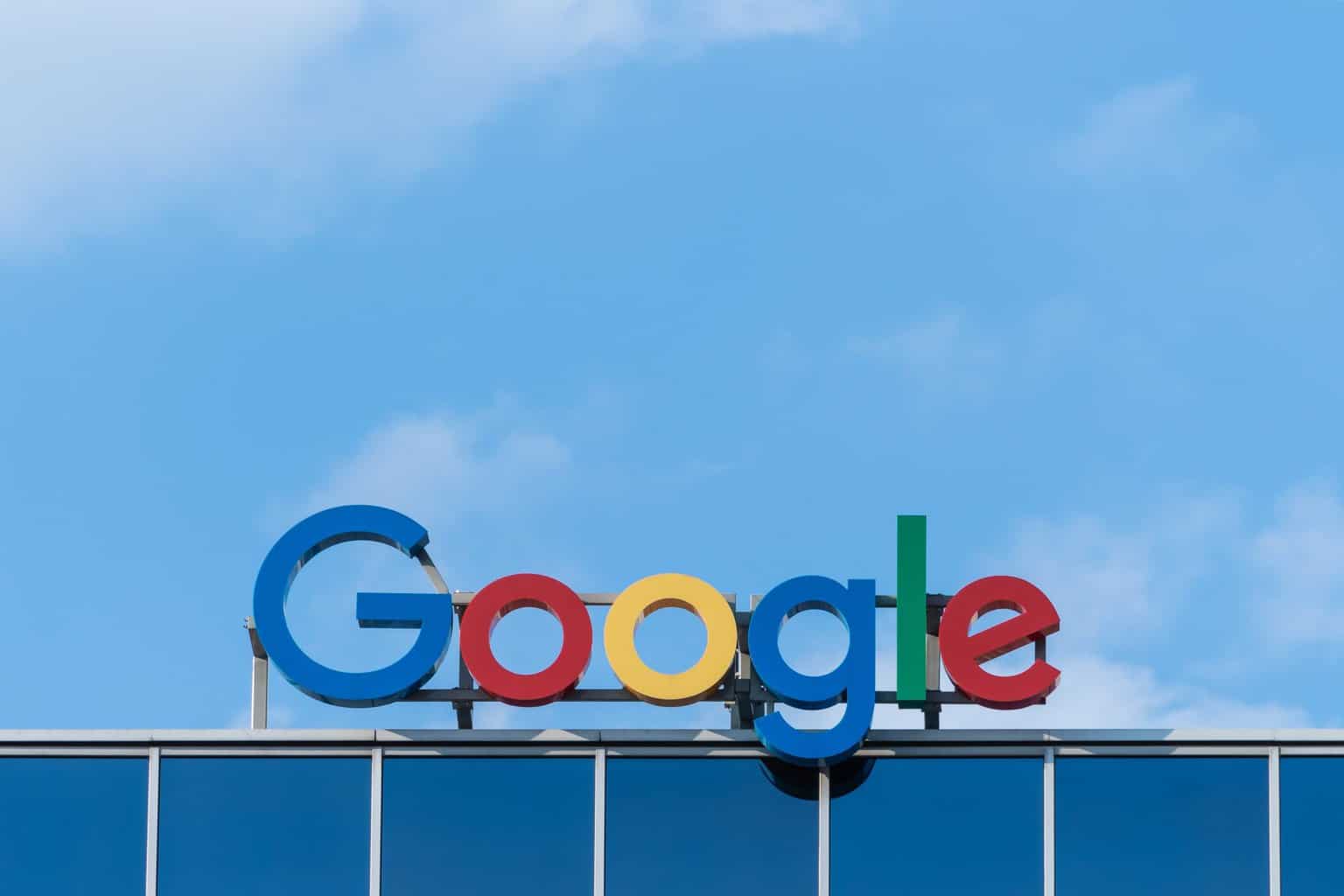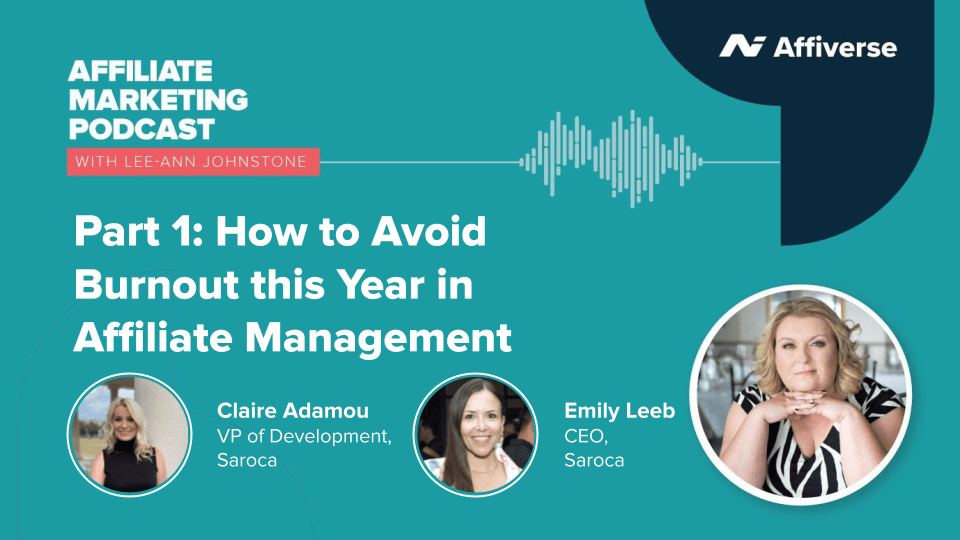03 May 2023
Kelley Drye & Warren LLP
To print this article, all you need is to be registered or login on Mondaq.com.
NAD recently announced two decisions involving Biossance’s
Squalane & Marine Algae Eye Cream. Neither of the decisions
involved claims made by the company itself, though. Instead, the
decisions involved mentions of the eye cream made by third parties
– Sephora and Hello! Magazine – and NAD generally
focused on the question of whether the product mentions constituted
ads.
NAD started each decision with the principle that “as the
line between what is advertising and what is not is blurred,”
it’s important for digital publishers that are paid to promote
a brand to provide consumers “enough information about any
economic relationships” between themselves and the brands
“so that consumers can decide what weight to give the
information provided by the digital publishers.”
Sephora
In the Sephora case, NAD inquired whether a sponsored post by
Sephora featuring the eye cream as one of its “most
wanted” products violated this principle. NAD noted that
although Sephora has flexibility in how it highlights products, if
the products are featured “as part of a sponsorship
agreement,” Sephora would be required to disclose material
connection to the products being featured.
Sephora informed NAD that the products that had been featured in
the ad “were not chosen as part of brand sponsorships with the
manufacturers warranting a material connection disclosure.”
Moreover, Sephora explained that the ad had stopped running prior
to NAD’s inquiry. Based on that explanation, NAD closed the
inquiry.
Hello! Magazine
In the Hello Magazine! case, NAD considered whether editorial
content promoting the eye cream was really an ad. As with the
Sephora case, NAD noted that if content is a paid commercial
message, the publisher would have to clearly disclose its
connection to the brand being promoted, including if it receives
revenue from an affiliate link, “especially when the link is
the primary economic motivation driving the content.”
NAD concluded that the article was editorial for a number of
reasons. The brand didn’t pay for or influence the article, the
recommendations were made by the magazine’s editorial staff
without input from its business staff, and affiliate links were
added after the article was written. Moreover, the main motivation
in writing the article was to drive traffic to a website, not to
generate affiliate link revenue. Thus, NAD determined that the
article wasn’t a “paid commercial message” and closed
the inquiry.
Beyond Eye Cream
The Hello Magazine! case is similar to other NAD cases involving
publishers where the line between editorial content and ads can get
blurred and consumers may not realize that a publisher will make
money based on sales. The Sephora case is a little more usual,
though, in that Sephora is a retailer that obviously makes money
based on sales. Without a full decision on the merits, it’s not
clear exactly what bothered NAD in this case, but we’ll keep
our eyes open to see if they revisit this issue with other
retailers.
The content of this article is intended to provide a general
guide to the subject matter. Specialist advice should be sought
about your specific circumstances.
POPULAR ARTICLES ON: Media, Telecoms, IT, Entertainment from United States
The Sweepstakes AMOE In A Nutshell
Klein Moynihan Turco LLP
A good sweepstakes promotion is one of the best ways to generate new business and retain existing customers. While effective as a marketing tool, a lawful sweepstakes must be distinguished…
https://www.mondaq.com/unitedstates/advertising-marketing–branding/1311086/nad-eyes-affiliate-marketing




